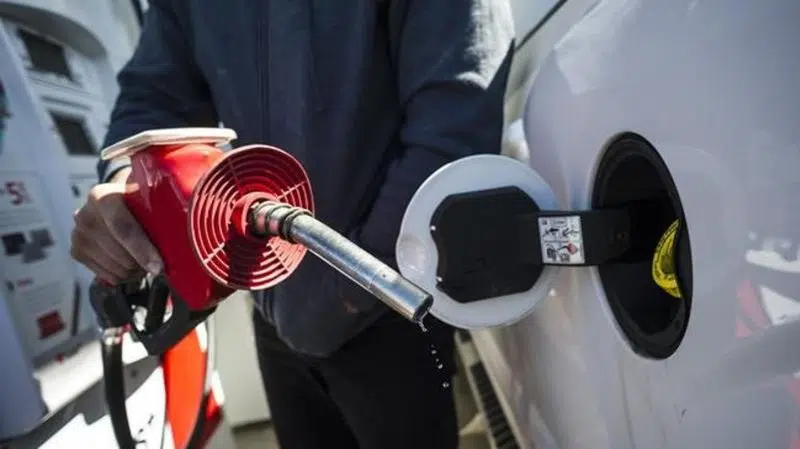
A brief look at carbon taxing by province
OTTAWA — As of Jan. 1, every Canadian and all Canadian businesses are paying a price on carbon.
The federal Greenhouse Gas Pollution Pricing Act means provinces that do not have their own price on pollution that meets a federal standard get the federal carbon tax applied to them. That includes Manitoba, whose premier talked Monday about the prospect of replacing the federal charge with a home-grown version.
The federal tax is currently $20 a tonne and will rise $10 a year, on April 1 of each year until it hits $50 a tonne in 2022.
For individuals and businesses with relatively small emissions, that carbon levy is applied to liquid and gaseous fuels at the point of purchase. Households receive rebates on their income taxes to offset the cost of the carbon tax. The amount varies by province to account for different uses of fossil fuels.


